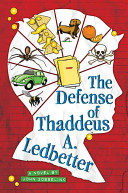
Twelve-year-old Thaddeus A. Ledbetter, who considers it a duty to share his knowledge and talent with others, refutes each of the charges which have sent him to “In-School Suspension” for the remainder of seventh grade.
Materials from United States of America

Twelve-year-old Thaddeus A. Ledbetter, who considers it a duty to share his knowledge and talent with others, refutes each of the charges which have sent him to “In-School Suspension” for the remainder of seventh grade.
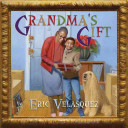
The author describes Christmas at his grandmother’s apartment in Spanish Harlem the year she introduced him to the Metropolitan Museum of Art and Diego Velazquez’s portrait of Juan de Pareja, which has had a profound and lasting effect on him.

Fresh from the spotlight of their first television experience, the Amigas Inc. team is back, but the heat is always on in Miami and when they get hired to do an unusual quince for a bratty debutante, the temperature goes sky high.
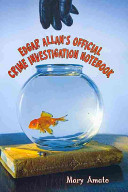
When someone takes a pet goldfish, then other items from Ms. Blackwell’s classroom, each time leaving a clue in the form of a poem, student Edgar Allan competes with a classmate to be first to solve the mystery.
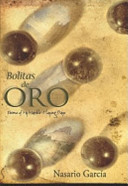
The author of Tiempos Lejanos: Poetic Images from the Past returns to his roots in a new and exciting book of poetry about his childhood in Guadalupe, New Mexcio, originally called Ojo del Padre, presumably in honor of a priest who discovered a still-bubbling spring in the area. The village of Guadalupe is no more, but Garciacute;a’s vibrant word pictures transport us to a time and place of true community and existence. Written first in Spanish, then translated to English, these poems paint his young life and the lives of his family members and neighbors in west central New Mexico in the mid-twentieth century. Garcia’s perceptions of a wider world and all it includes, but still anchored in the routines of home and play and work, were imparted by his mother, who never attended a day of school in her life.
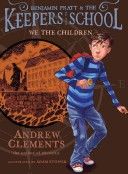
We the Children asks: Can a kid change the course of history?
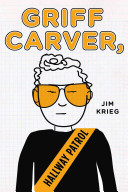
Twelve-year-old Griff Carver knows a thing or two about fighting crime. Because Griff’s not just any kid—he’s a kid with a badge. And if you are a criminal, he’s your worst nightmare. Griff might be the new kid on the Rampart Jr. High Patrol squad, but he’s no rookie. And he’ll do whatever it takes to clean up the mean hallways of his middle school—even if it lands him in hot water. But when Griff links cool kid Marcus “The Smile” Volger to a counterfeit hall pass ring, can he and his friends close the case? Or will Griff let down the force—and lose his badge—for good?
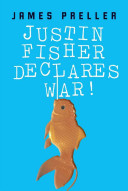
At Spiro Agnew Elementary, the fifth graders rule the school. And class clown Justin Fisher rules them all. Or, at least, he did. Justin has always been the funniest kid in school. But this year, his new teacher isn’t amused. And when Justin gets in trouble with Mr. Tripp over and over, the other kids turn on him, too. No one wants to be friends with the class troublemaker. But Justin Fisher isn’t going down without a fight.
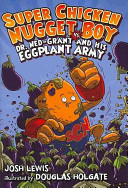
The nugget is back! After his tasty alter-ego felled the Furious Fry, Fern Goldberg went back to being a normal fourth grader. But not for long. Bert Lahr Elementary is about to be thrown into chaos by a mad food scientist and an army of evil eggplants bent on world domination!Villainous vegetables beware! Here comes the most formidable food fighter in history!
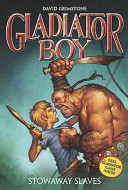
Decimus Rex and Olu Umbika have managed to do what no one else has ever doneÑflee the clutches of Slavious Doom. As expected, the overlord is furious, demands their immediate capture, and sends out a search party to find them. From the wild dogs running riot in the sewers, to the soldiers scouring the towns above, it seems only a matter of time before the boys are caught.